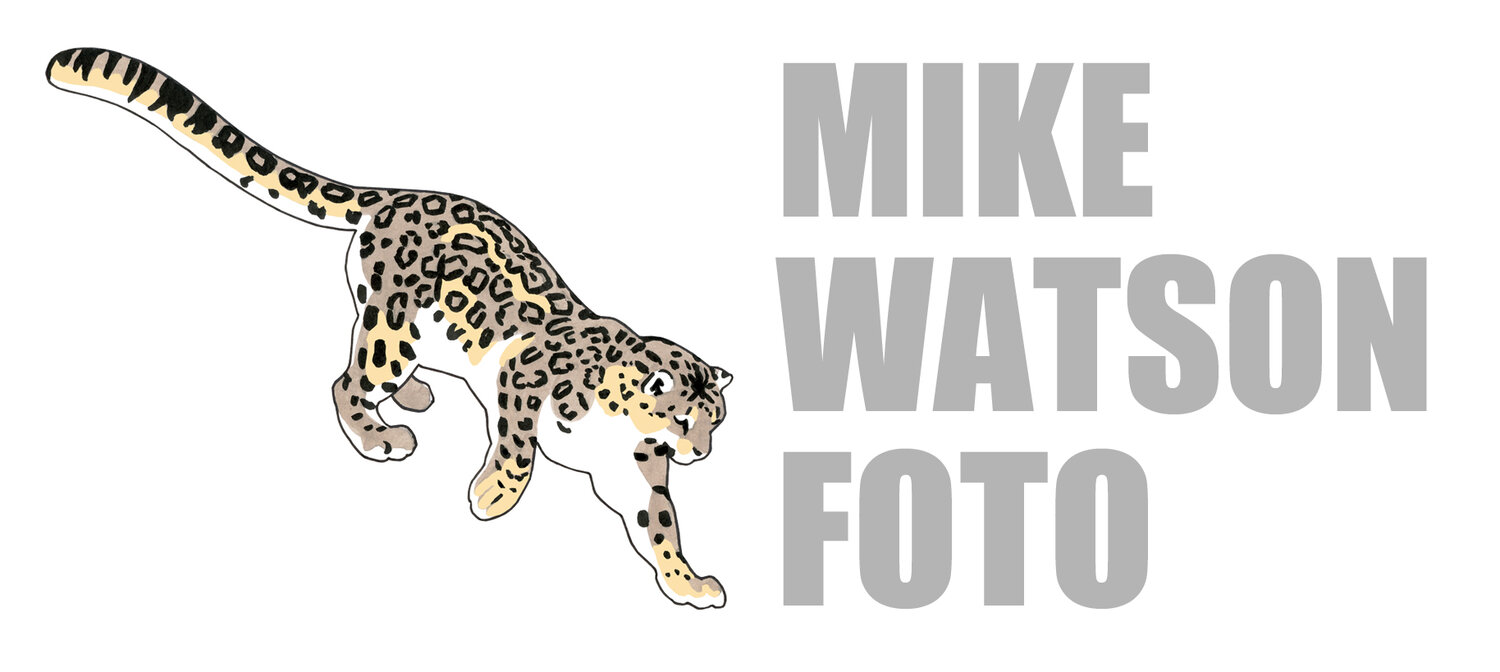Glaucous Gull (second calendar year), Balranald
I DIDN'T WANT TO WRITE THIS BLOG POST but it might help get it off my chest. Probably my most painful dip ever (although I have pretty much banished memories of earlier disasters like missing the male Caspian Plover on St Agnes, the Black-browed Albatross at Hermaness on Unst and the Belted Kingfisher in southwest Ireland etc). These are all birds that I have seen abroad but not yet in the UK and this is one of the reasons I don't usually travel very far here these days. However, the fabulous young female Gyrfalcon at one of my favourite places tempted me out of twitching retirement. Where else can you see a tame white one like this? Newfoundland, Greenland and occasonally over here. I set off 30 years to the day after my first one, at Berry Head in Devon on 5 April 1986, picking Rocket up on the way. Well at least we're always guaranteed to have a good laugh even if we don't see what we are hoping for. Rocket forgot the Macc Lads CDs so, in between talking mostly nonsense, we were reduced to singing the songs instead. The hours soon passed between Lancashire and the port of Uig on Skye and we were excited in the hope of setting eyes on the big white falcon in a few hours time. Or so we thought. To cut a long story short we spent the best part of the next two days searching for it, checking at least one million fence posts and lochans on the pretty island of North Uist without a trace of it. It had changed its routine of the previous few days so we thought it must have gone. We even flipped over the dead swan it had been eating to expose some uneaten flesh and pulled out a lot of dead vegetation around it in the hope of a clear view if it would return. Unfortunately just as the ferry was leaving Lochmaddy the falcon reappeared along the entrance road to Balranald. 'That's a kick in the stones' said Rocket. We looked at going straight back by ferry or flying (£750 each, day return!) to no avail and the nine hours drive back home was rather quiet to say the least. Poor Ewan Urquhart had to drive all the way to Oxford! It's enough to make me want to give up but I don't suppose I will. The only small consolation was that at least the guys from Wolverhampton who had spent four days dipping on the falcon a few weeks before must have caught up with it at last.
Ruined croft at Loch Eport.
North Uist is still picturesque compared to the mainland but it has changed over the last 30 years. The area around the RSPB Balranald reserve centre is now an eyesore with an horrible shipping container and a yard of farm machinery behind the reserve centre croft, a massive modern barn behind that and to top it all, a camp site for caravans etc!!! How could this all have been allowed in such a beautiful place? Some people can be so moronic. The croft where an old guy lived who I used to chat to, as he was having a morning cup of tea on his back step, years ago is now derelict and youngsters tear up and down the roads here like a race track. I'm happy that I saw it how it was, at least I'm lucky in that way. Many properties have been renovated on the island and hardly any old crofts remain in an original state with turf roofs even just as out buildings. Dog walkers on the white sand beaches that used to be completely deserted, sniffing the dead whale that was being nibbled by a young Glaucous Gull. I think this added to the disappointment of missing the Gyrfalcon. I might yet see one on North Uist but the character of the island has changed for the worse forever. Such a shame.
Dead whale, Balranald.
Wildlife watching while searching for the Gyrfalcon was very enjoyable and all we needed was the icing on the cake. Great Northern and Red-throated Divers were highlights of the ferry crossing of the Minch, with Common Guillemots, Razorbills and Atlantic Puffins, Northern Gannets and parties of Black-legged Kittiwakes passing by. Greylag and Barnacle Geese were still grazing the small fields on North Uist, joined by a Great Egret at Balranald. Thirty years ago I would never have imagined I would see one here. I resisted the temptation to go into the 'out of bounds to birders' cemetaries here for a photo of it, only to hear that some birders have been going in there since our visit, very disappointing. Other spring migrants included a wheatear at Hosta and an early Manx Shearwater off Skye on the return ferry crossing. Whooper Swans were amongst the Mutes at Balranald and as we watched a small group of them an Otter popped up in a small lochan. Turnstones and redshanks along the shore at Aird an Runair were joined by several Purple Sandpipers. Raptors included Hen Harriers and a Merlin as well as White-tailed Eagle and small birds included Redwings, Hebridean Song Thrushes, Twite and best of all at least 15 Corn Buntings around the RSPB's winter feeding station. They are making a big effort to help these declining birds. The Lochmaddy Hotel had changed a bit too but still doesn't have a decent pint and we talked about whether or not we could live here. I'd be very happy here but Rocket would miss Burnley FC, gigs, Booths's oak-smoked bacon, pubs and... there are no tatooists on North Uist.
Redwing (looking like a continental bird - crown same tone as nape and upperparts, whitish supercilium. I was expecting those on North Uist to be Icelandic).

